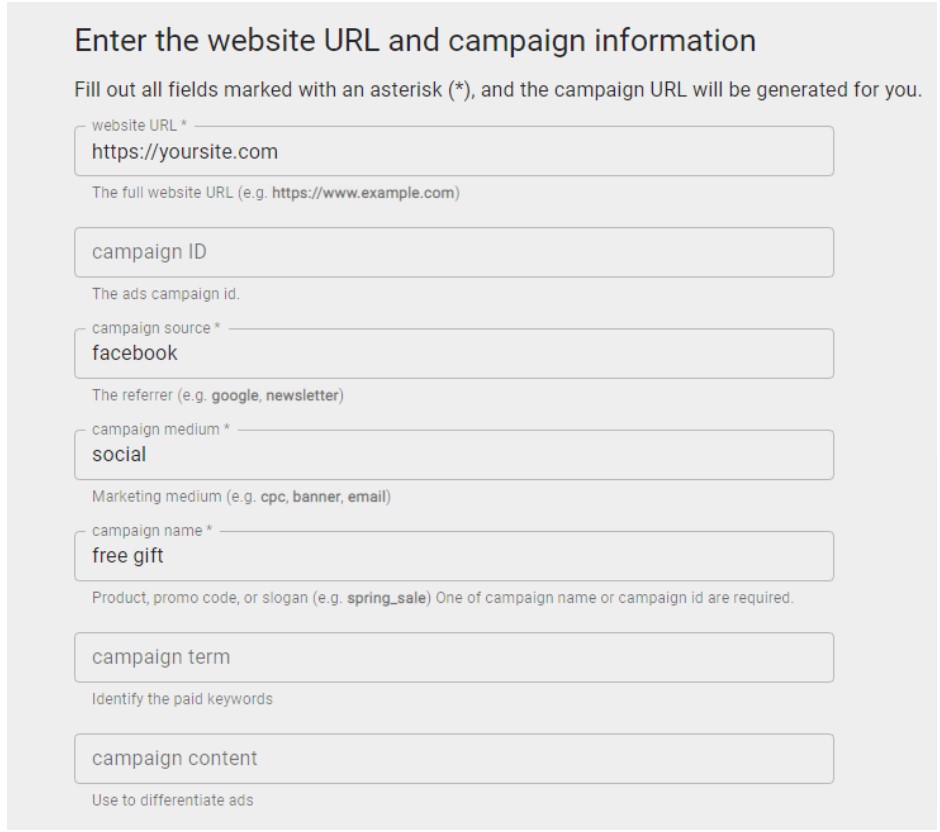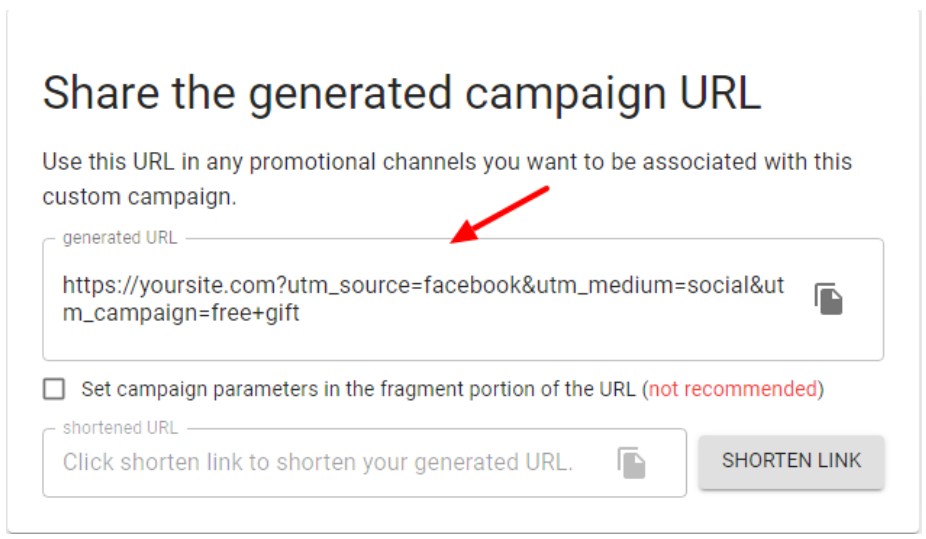Are you looking for a way to get the most out of your online ads and campaigns? UTM links can help optimize your marketing efforts, converting more prospects into customers. This guide will teach you everything you need to know about UTM links and how to use them for maximum return on investment (ROI).
What Are UTM Links?
UTM stands for Urchin Tracking Module, a simple code you add at the end of URLs to track traffic from different sources.
When someone clicks on a link with a UTM code, their activity is tracked in Google Analytics. You can see how many people visited your website from that source, what pages they viewed, how long they stayed on your site, and more.
This data helps you determine which sources drive the most conversions and traffic so you can adjust your ad campaigns accordingly.
Benefits of Using UTM Links in Marketing
UTM tracking links offer many benefits when it comes to tracking your marketing campaigns. With the data they provide, you can easily measure the success of different channels and adjust your strategy accordingly.
UTM link tracking also helps you identify which sources drive the most conversions, so you can make better decisions about where to focus your efforts. Additionally, they can help you determine which sources provide the highest quality leads, meaning more sales and greater ROI.
How to Create UTM Links
The five different UTM parameters.
UTM tags are a marketer’s dream tool for tracking the success of their online marketing campaigns. These five different URL parameters offer detailed insights into user behavior, allowing marketers to make informed decisions about future campaigns.
The source identifies the website or platform that referred the user (e.g., Google or Facebook).
Example: utm_source=google
The medium describes how the user was referred (e.g., organic search or paid ad).
Example: utm_medium=cpc
The campaign name groups related links together for tracking purposes (e.g., summer sale).
Example: utm_campaign=summer_sale
The term identifies keywords associated with a link (e.g., “shoes”).
Example: utm_term=shoes
Finally, the content differentiates between two similar links (e.g., “red shoes” vs. “blue shoes”).
Example: utm_content=red+shoes
Identify the parameters for your specific URL
Once you know which parameters you need, you can add them to the end of the URL after a question mark (?). Your URL format could look like this for the UTM campaign parameter for the summer sale.
yoursite.com/your-page/?utm_campaign=summer-sale
For example, if you wanted to track referrals from a website, you could add a parameter like “?ref=examplewebsite” at the end of your URL.
yoursite.com/your-page/?ref=examplewebsite
You can add as many parameters as you need; keep in mind that they should all be separated with an “&.”
yoursite.com/your-page/?utm_campaign=summer-sale&ref=examplewebsite&utm_term=shoes
You could also use parameters to sort content by date or filter content by category.
Generate a link with the proper parameters
Once your parameters are identified, use a tool like Google’s URL Builder to generate the full UTM link. You must enter the required information and click “Generate” to get a complete URL with all the necessary parameters.
It’s often a good idea to shorten the link with a tool like bit.ly to make the URL more user-friendly while keeping all parameters intact.
Below is an example of the URL builder and the generated campaign URL:


Examples of UTM Link Uses in Marketing
Using UTM links for paid search campaigns
If you’re running a paid search campaign for a new product launch, you can create a unique UTM code for each keyword or ad group. You’ll be able to track how many people clicked on each ad and how many clicks resulted in sales. This will help you determine which keywords and ads perform best, so you can adjust your budget accordingly.
You can also use UTM links to track the performance of different landing pages in your campaigns. For instance, if you have two versions of a landing page with slightly different designs, you can create separate UTM links for each page and compare their conversion rates. This will help you decide which version is more effective at driving sales.
Utilizing UTM links to measure email click-throughs
If you want to measure the click-through rate of an email campaign about a new product launch, add UTM parameters such as utm_source=emailcampaign and utm_medium=email to the links in the email. When someone clicks on one of those links, they will be taken to your website with those parameters attached. You can then use analytics tools like Google Analytics to track how many users clicked through from that specific email campaign.
Tracking the performance of social media campaigns with UTMs
Tracking the performance of your social media campaigns is essential for understanding their success. Utilizing UTMs can help you measure your campaigns’ effectiveness and shape future strategies.
If you’re running an Instagram ad campaign promoting your new product launch, you could use a UTM like this to track your social media links:
www.example.com/?utm_source=instagram&utm_medium=social&utm_campaign=productlaunch
Adding this code to your URL lets you track how many people clicked on it from Instagram and what page they landed on after clicking it. You can also use UTM codes to see how many people shared your content on social media or subscribed to your newsletter after clicking a link in one of your posts, allowing you to get an accurate picture of how successfully each campaign achieves its goals.
Analyzing the ROI of display ads with UTM links
Let’s assume you’re running two different display ad campaigns targeting different audiences: one targeting people who have already visited your website and one targeting people who haven’t yet.
You can create two separate UTM links for each campaign to track their performance separately. Doing this lets you compare each campaign’s ROI and determine which is more effective.
Next, set up goals in Google Analytics to measure how well each campaign performs. Goals could include making a purchase or signing up for a newsletter.
Finally, analyze the data in Google Analytics to see how many people clicked on your ad and completed the goal action. This will give you an idea of how successful each campaign was and if it’s worth investing in again in the future.
Wrapping Up
UTM links are an invaluable tool for digital marketers, as they allow you to track how your campaigns are performing and measure their success. UTM links can track clicks from paid search campaigns, email click-throughs, social media posts, and display ads.
By tracking the performance of your campaigns with UTM links, you can make more accurate decisions about where to invest your marketing budget to get the best return on investment possible.
The opinions expressed here by Guest Contributors are their own, not those of Rise Marketing.